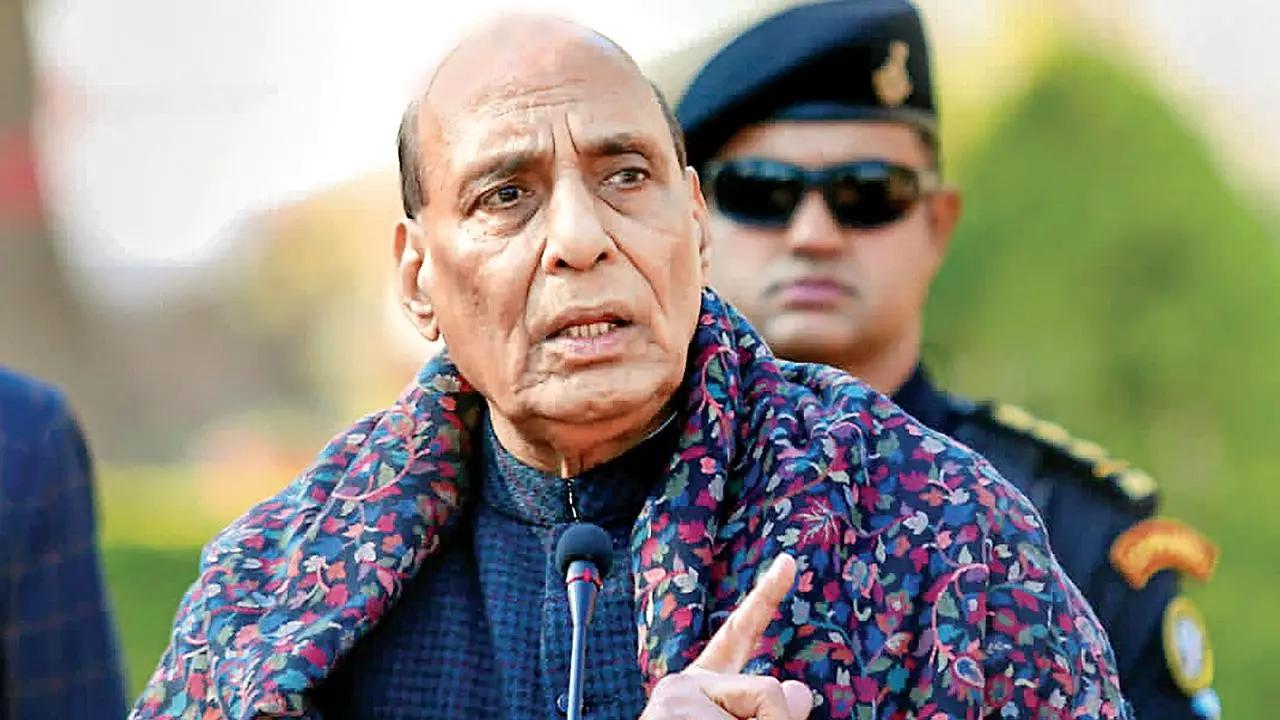Singh, as India's Defence Minister since 2019, has led several critical reforms during his tenure

Rajnath Singh. File Photo
Rajnath Singh, the current Defence Minister of India, has a remarkable journey that spans from being a physics lecturer to being the Defence Minister of India.
ADVERTISEMENT
Born on July 10, 1951, in the Chandauli district of Uttar Pradesh, Singh celebrates his 72nd birthday on Wednesday. He holds a Master’s degree in Physics from the University of Gorakhpur, where he honed his analytical skills and scientific acumen.
Before entering politics, Singh worked as a physics lecturer. Singh joined the Rashtriya Swayamsevak Sangh (RSS) as a swayamsevak, marking the beginning of his political journey.
Over the years, Singh held several key positions within the Bharatiya Janata Party (BJP). He served as the 8th President of the BJP from 2005 to 2009 and again from 2013 to 2014. His leadership skills and dedication to the party earned him respect and recognition.
Singh, as India's Defence Minister since 2019, has led several critical reforms during his tenure.
Agnipath Recruitment Scheme Under Scrutiny
The 'Agnipath' scheme, launched in 2022 under the Human Resource Management of the Indian Army, is a transformational reform for the Armed Forces and the nation. According to the Press Information Bureau (Defence Wing), the youth (male or female) selected under this scheme would be known as 'Agniveers'. The 'Agnipath' allowed patriotic and motivated youth (17.5 to 21 years old) to serve in the Armed Forces for a period of 4 years. However, the scheme has faced criticism over concerns about job security and long-term career prospects.
Advancing Theatre Command Reforms
Rajnath Singh has prioritized unifying theater commands to enhance joint operations. It aimed for better coordination among the Army, Navy, and Air Force. Chief of Defence Staff (CDS) Gen. Anil Chauhan had said that Theatre Commands would lay the foundation for catapulting the armed forces into the next orbit of military preparedness and war fighting. Jointness 2.0, that is, developing joint culture in the armed forces, is the way forward, calling upon the three services to create a joint culture as they move towards forming joint operational structures.
Focus on Indigenous Military Production
To reduce reliance on imports, Singh emphasized indigenous defense manufacturing through 'Make in India'. The government restricted imports of various defense items, promoting critical weapons' domestic production.
Managing China Relations
Given tensions with China, Singh strengthened India's combat readiness along the border. Aggressive infrastructure development in sensitive sectors facilitated faster military mobilization.
These reforms reflect Singh's commitment to self-reliance, defense modernization, and strategic preparedness. His tenure has been marked by significant advancements in India's defense sector.
 Subscribe today by clicking the link and stay updated with the latest news!" Click here!
Subscribe today by clicking the link and stay updated with the latest news!" Click here!







